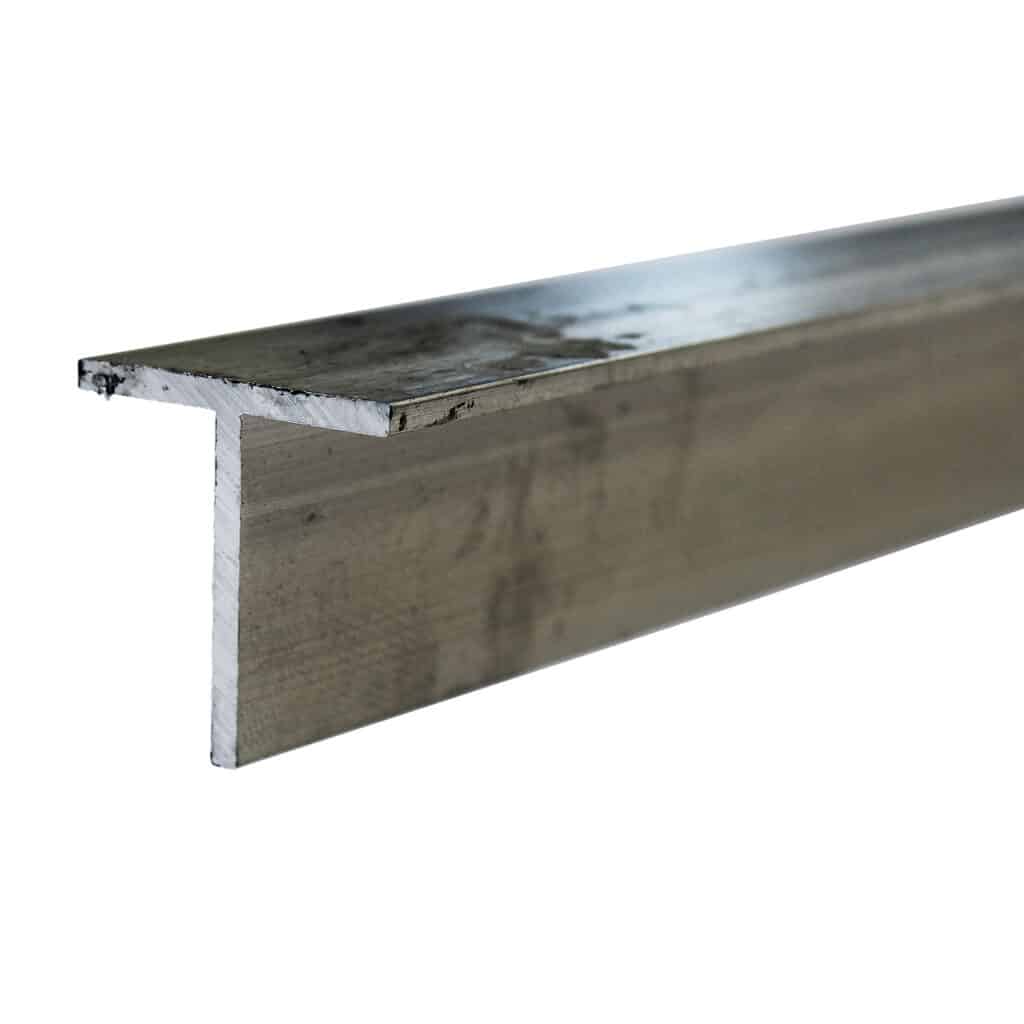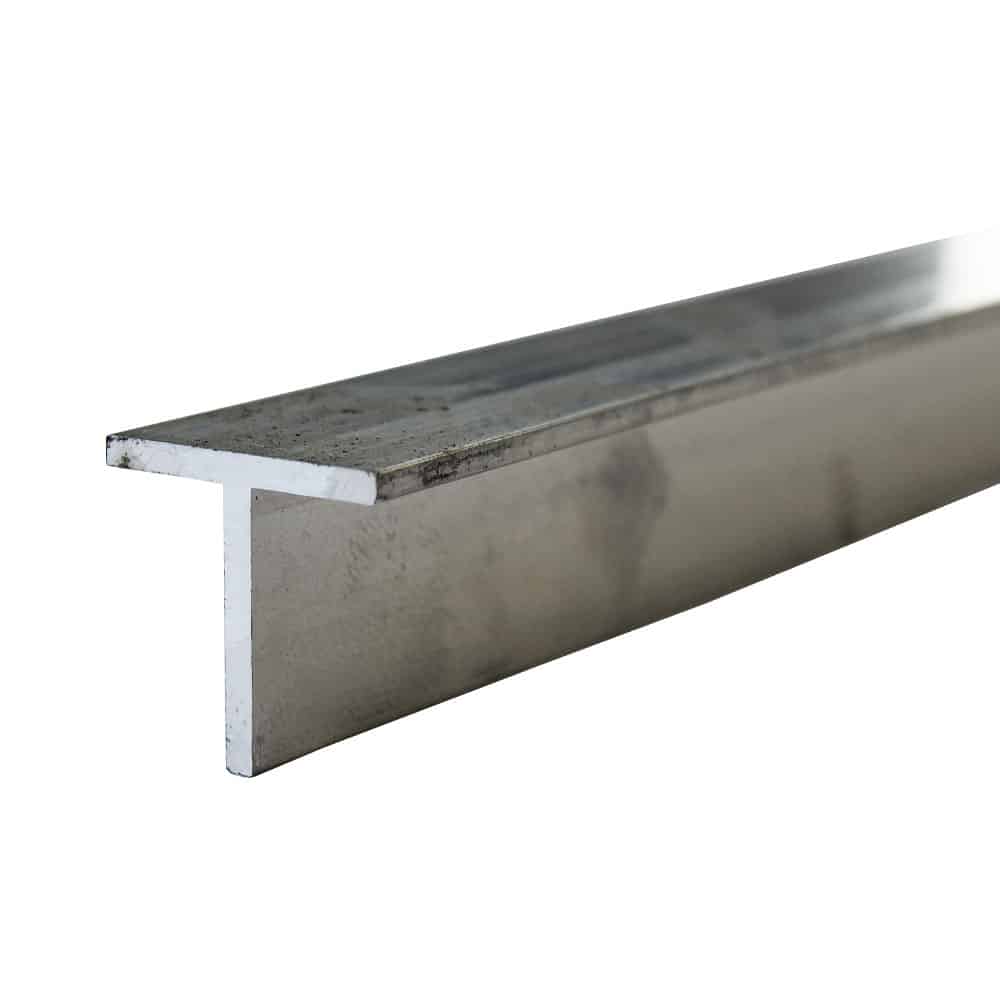- Massive Range
- FREE UK Delivery
- Rapid Dispatch
- Massive Range
- FREE UK Delivery
- Rapid Dispatch
- Massive Range
- FREE UK Delivery
- Rapid Dispatch
£12.99 – £59.99Price range: £12.99 through £59.99 inc VAT


This website is secured:
£ MULTIBUY SAVINGS – Order 3 For 10% Off
✔ Specialists In Rapid Shipments Of Any Size
✔ FREE UK Delivery Included
✔ Immediate Express Dispatch From Stock
✔ Tracked Delivery with Order Updates
✔ 30-Day Returns Accepted
@ ☏ Bespoke Cuts & Longer Lengths Available
Looking for a reliable and cost-effective material to incorporate into your project? Look no further than Speciality Metals’ 40mm x 40mm x 4mm mild steel tube square box section! With various lengths available, this steel tube square is both durable and versatile, making it a great choice for a wide range of applications. Not only is it an eco-friendly choice that can be recycled, but its excellent welding, forming, bending and machining abilities make it easy to work with.
So if you’re seeking a material that can stand up to the test of time, consider this impressive steel tube square from Speciality Metals!

Speciality Metals is one of the leading suppliers of mild steel tube square in the United Kingdom. Additionally, in addition to stocking only the best products, we provide the most helpful customer service by providing bespoke cutting and fast shipping.
Box sections, also known as mild steel hollow sections or ERW tubes, are widely used in a variety of applications. The durability of this material permits it to be used for a wide range of applications, including traffic signs, pipeline construction, automobile repair and as a structural steel.
Speciality Metals offers a range of high-quality 40mm x 40mm x 4mm Mild Steel Tube Square Box Section in various lengths. This versatile product is known for its durability, cost-effectiveness and ability to be recycled. It also possesses excellent welding, forming, bending and machining abilities, making it a reliable option for any project. Whether it’s for construction or manufacturing purposes, this steel tube square is a popular choice due to its strength and versatility. It’s an ideal solution for those looking for a reliable and durable material that won’t break the bank.
Mild steel square tube box section is a quality strong metal product. However it is not rust proof and may do so over time. Please use galvanised or stainless steel if you need resistance to rust. If this metal tube does show signs off rust then simply get this off with WD40 or fine sanding.
The grade of plain steel that we have available has mechanical properties that provide excellent machinability, formability and weldability. Mild steel can be welded and it is also suitable for painting. Mild steel is a magnetic grade of metal. Magnets will stick to this sheet but it is not itself a magnet.
Key information:
We also carry a wide range of mild steel sheet metal, angle iron and flat bar.
Speciality Metals is known to be the United Kingdom’s best up-and-coming small-quantity metal company.
Furthermore we stock a vast range of round tube options that compliment our mesh range perfectly.
Over 50,000 customers of Specialty Metals are provided with fast, friendly customer service every year. We’re the place to try when you need metal of any shape and size. We’re based in Warrington, UK. We pride ourselves on our rapid turnaround and a large range of options.
Using stainless steel fittings with mild steel tube square pipes is technically feasible, but it’s essential to understand the potential complications. When two different metals, such as stainless steel and mild steel, come into contact in the presence of an electrolyte (like water), galvanic corrosion can occur. This is because these metals have different electrode potentials, and the less noble metal, in this case, the mild steel, will corrode faster than it would on its own. To reduce the risk of galvanic corrosion, ensure that the contact area between the metals is dry or shielded from electrolytes. Using a non-conductive barrier, like a plastic or rubber gasket or washer, can also help minimise direct metal-to-metal contact. Additionally, periodic maintenance checks are crucial to ensure that the mild steel hasn’t accelerated corrosion near the contact points with the stainless steel fittings. By taking the appropriate precautions, one can successfully use stainless steel fittings with mild steel tube square pipes in various applications.
Selecting the right paint for mild steel tube square pipes is crucial to ensure longevity, aesthetic appeal, and protection from environmental factors. For mild steel, priming is paramount to prevent rusting. A zinc-rich primer is particularly effective as it offers sacrificial protection, preventing oxidation. Following priming, an epoxy-based paint can be applied. Epoxy paints form a hard, durable surface that adheres well to the steel, offering both protection and a smooth finish. For outdoor applications or areas with high humidity, a top coat of polyurethane paint can further enhance protection, providing a barrier against UV rays, moisture and other environmental stressors. Regardless of the chosen paint, thorough surface preparation, including cleaning and removing any existing rust or mill scale, is essential to ensure optimal paint adhesion and performance.
Proper Joint Preparation: Clean the surfaces to be welded thoroughly. Remove any rust, oil or contaminants to ensure a consistent and clean weld.
Tack Welding: Place small tack welds at regular intervals along the joint before executing the final weld. This ensures the pipes stay aligned and minimises movement during welding.
Balanced Welding: If possible, weld alternately on opposite sides of the square tube. This balanced welding technique offsets the heat and reduces the chances of distortion.
Use a Jig or Fixture: Holding the steel tubes securely in place using jigs or fixtures can help maintain alignment and resist the forces of distortion.
Control the Heat Input: Using the lowest possible heat setting that still provides adequate penetration is recommended. The lesser the heat input, the lower the amount of distortion.
Stitch Welding: Instead of continuous welding, consider using stitch welding. This method involves making a series of intermittent welds. It allows the material to cool between welds, reducing cumulative heat.
Backstep Welding: This is a technique where the general progression of welding might be left to right, but the actual welding is performed right to left. This helps in controlling distortion by spreading the heat more evenly.
Cooling Techniques: If appropriate, controlled cooling using wet rags or air blowers can help reduce distortion. However, rapid cooling can introduce other problems like increased brittleness, so it should be done with caution.
Interpass Temperature Control: If multiple passes are needed, ensure the previous pass is adequately cooled before starting the next. Maintaining a consistent interpass temperature can reduce distortion.
Use of Anti-distortion Compounds: These compounds absorb heat and can be applied to the backside of the weld joint. They help in minimising the heat affected zone, thereby reducing distortion.
Pre-stressing: This involves intentionally distorting the parts in the opposite direction so that during welding, they pull back into the desired shape.
Correct Welding Sequence: Follow a proper welding sequence to distribute heat evenly. For example, for a square pipe, you might start with one side, move to the opposite side, then weld the remaining sides.
Check out our blog discussing what is a steel box section. It will prove a useful read to help you to make an informed decision on which material would work best for you.
We are also very proud of our ever expanding YouTube channel.
Our goal for our blogs and help guides is to answer as many questions as possible to help to explain the possibilities of mesh to our customers. Contact us today if you have any questions at all. We are always really keen to help in any way that we can.
We are also very proud of our highly popular eBay store, check us out there too.
£19.49 – £49.99Price range: £19.49 through £49.99 inc VAT
£17.99 – £49.99Price range: £17.99 through £49.99 inc VAT

£19.49 – £49.99Price range: £19.49 through £49.99 inc VAT

£17.99 – £49.99Price range: £17.99 through £49.99 inc VAT